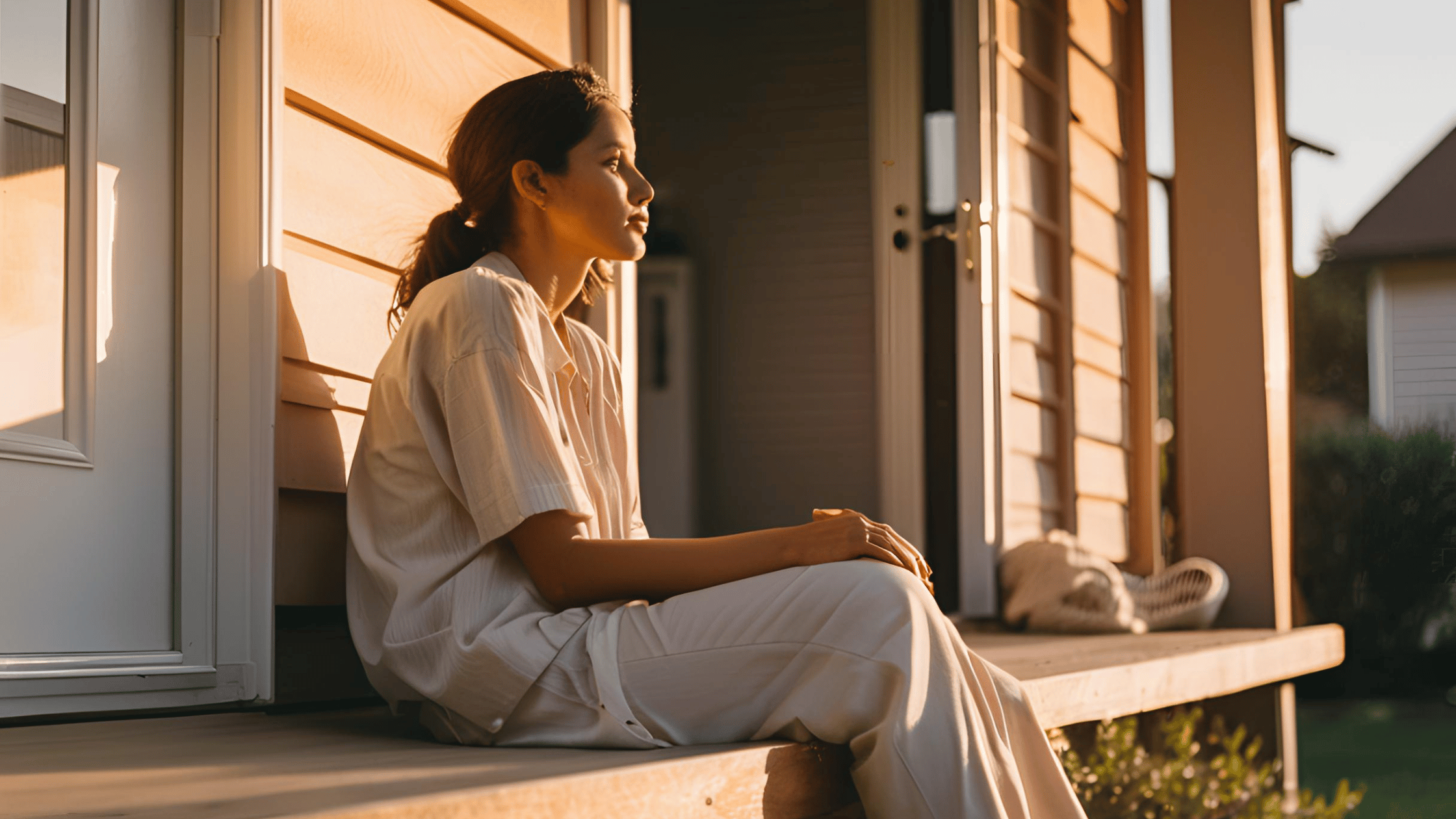For many people, the family home represents more than just a place to live. It holds memories of milestones, holidays, and everyday moments. After a divorce, deciding what happens to the home can be one of the hardest decisions. While keeping the home might feel like the best option, it’s important to understand both the emotional and financial costs that come with it.
This post will guide you through the challenges of keeping the family home, helping you make an informed decision that balances your well-being and financial stability.
If you’re still navigating property division, check out our post on Who Gets the House? Navigating Property Division in Divorce for an overview of common approaches.
The Emotional Cost of Keeping the Family Home
Keeping the family home might feel comforting at first, but it can come with emotional challenges. Let’s look at some key factors to consider:
1. Holding Onto Memories
The home can be a constant reminder of your marriage. While some memories may be happy, others might bring feelings of sadness, anger, or regret. Living in the same space can make it harder to move on emotionally.
2. Emotional Overload
Managing the home on your own—whether it’s maintaining the yard, paying bills, or keeping up with repairs—can feel overwhelming. It’s easy to underestimate the stress of managing a property, especially when you’re already dealing with emotional changes.
3. Children’s Attachment
If you have children, staying in the home might feel like the best choice to give them stability. However, kids are resilient, and sometimes a fresh start in a new environment can be just as positive. Be sure to consider their needs and feelings, but balance them with what’s realistic for you.
For more tips on navigating parenting after divorce, visit our post on Co-Parenting with a Toxic Ex.
The Financial Cost of Keeping the Family Home
Beyond the emotional weight, keeping the family home comes with financial responsibilities that may not be sustainable. Here’s what you should consider:
1. Can You Afford It?
Divorce often changes your financial situation. Keeping the home might mean taking on the full mortgage or buying out your ex-spouse’s share. On top of that, you’ll need to handle property taxes, maintenance, and unexpected repairs.
If you’re unsure about affordability, check out Can You Afford the House After Divorce? Tips for Financial Assessment to evaluate your situation.
2. Refinancing Challenges
To keep the home, you may need to refinance the mortgage under your name alone. This process can be difficult if your income or credit score isn’t strong enough to qualify. Additionally, refinancing comes with fees and higher interest rates, which add to the cost.
Learn more about this in our post on Refinancing a Mortgage After Divorce: What You Need to Know.
3. Long-Term Impacts on Savings
Spending a large portion of your income on the home might leave you with less money for other priorities, like retirement, savings, or emergencies. It’s important to think about the long-term effects on your financial health.
4. Missed Opportunities
If you hold onto the home, you may miss out on using the money tied up in the property for other investments or opportunities. Selling the home could give you the financial freedom to start fresh elsewhere.
Questions to Ask Before Deciding
If you’re considering keeping the family home, ask yourself these questions:
- Can I afford the mortgage, taxes, and maintenance on my own?
- Will staying here help or hinder my emotional healing process?
- Is keeping the home in the best interest of my children?
- Would selling the home and starting fresh be a better financial or emotional choice?
These questions can help you think through the decision logically, even when emotions are involved.
Alternatives to Keeping the Family Home
If keeping the home doesn’t feel like the right decision, there are other options:
- Sell the Home and Split the Proceeds: This is often the simplest solution, allowing both parties to start fresh financially.
- Co-Ownership: Some ex-spouses agree to share ownership temporarily, usually until children grow older or finances improve.
- Rent Instead of Own: Renting a smaller, more affordable home can provide flexibility while you rebuild your financial footing.
Explore these alternatives in our post on Shared Mortgages After Divorce: Is Co-Ownership a Viable Option? for more insights.
Final Thoughts
Keeping the family home after divorce can feel like the safe or familiar choice, but it’s important to weigh both the emotional and financial costs. While the idea of holding onto memories or providing stability for your kids is understandable, it’s essential to make a decision that supports your overall well-being and long-term stability.
Take time to evaluate your options, and don’t hesitate to seek advice from financial advisors or legal experts. For more guidance, visit our blog on Legal Considerations for Mortgages in Divorce to ensure you’re making an informed choice.
Remember, a home is just a building—it’s the life you create inside it that truly matters. Whether you keep the house or move on, what’s most important is that you create a space that feels like home for your new chapter.


